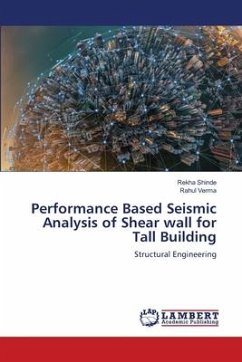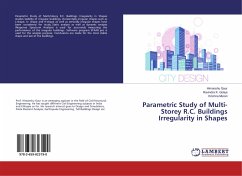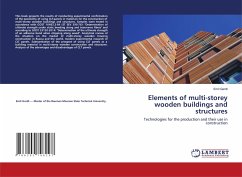
Performance Based Seismic Analysis of a building with soft storey
Structural engineering
Versandkostenfrei!
Versandfertig in 6-10 Tagen
40,99 €
inkl. MwSt.

PAYBACK Punkte
20 °P sammeln!
The last decade or so has witnessed a clear trend toward "performance-based" seismic design, which can be thought of as an explicit design for multiple limit states analyzing structures for various levels of earthquake intensity and checking some local and/or global criteria for each level has been a popular academic exercise for the last couple of decades, but the crucial development that occurred relatively recently was the recognition of the necessity for such procedures by a number of practicing engineers influential in code drafting. The main cause of the failure of multi-story multi-bay ...
The last decade or so has witnessed a clear trend toward "performance-based" seismic design, which can be thought of as an explicit design for multiple limit states analyzing structures for various levels of earthquake intensity and checking some local and/or global criteria for each level has been a popular academic exercise for the last couple of decades, but the crucial development that occurred relatively recently was the recognition of the necessity for such procedures by a number of practicing engineers influential in code drafting. The main cause of the failure of multi-story multi-bay reinforced concrete frames during seismic motion is the soft story sway mechanism or column sway mechanism. The seismic inertia forces generated at its floor levels are transferred through the various beams and columns to the ground. The failure of a column can affect the stability of the whole building, but the failure of a beam causes a localized effect.












